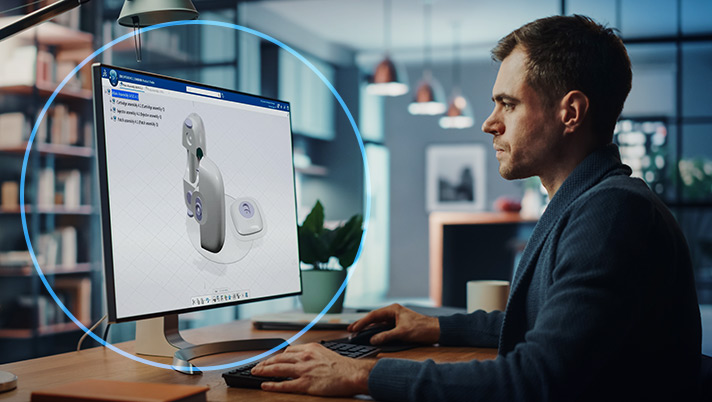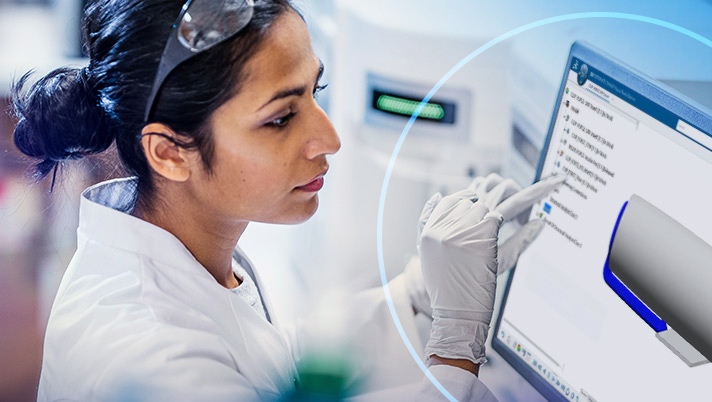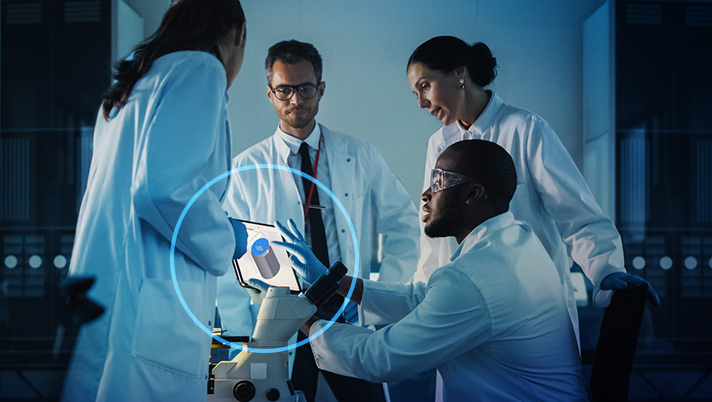Medical Devices: Win the Speed and Quality Race
Bring quality medical devices to the market faster with an end-to-end simulation advantage.
The medical devices industry has always been competitive - now it’s hypercompetitive. While competition often means that patients get better quality and more personalized and affordable devices, it also pushes the medical device companies into an intense race to get to the market first. Tighter cost controls, skyrocketing expenses, stricter regulations, increasing product recalls and growing remote working conditions led by the pandemic have all raised the stakes.
The increasing complexities in designs consisting of multiple systems and subsystems, electronics and digital connectivity, and the pressure to address costly design flaws early before physical prototyping further exacerbates the situation.
As a result, the medical device industry finds itself at a tipping point: Companies must shift from the traditional design-build-test method to a simulation-driven approach to win the race.
Virtual twin experiences powered by the 3DEXPERIENCE® platform are the future of medical devices development. The platform connects processes from each lifecycle stage to deliver realistic human body simulation capabilities to assess the performance, safety and quality of new medical devices. With simulation, devices are designed and developed at a fraction of the time and cost generally needed, while allowing companies to explore and test with unlimited variables for improved patient safety, quality and efficacy.
To accelerate time to market, simulation helps model and connect complex systems and subsystems, link intricate electronics, and integrate multiphysics models to reduce the need for physical prototyping and clinical trials. This cuts down cost and time significantly. Through data collaboration on the 3DEXPERIENCE platform, companies gain digital continuity that speeds up the feedback loop before manufacturing to minimize product recalls – thus, preserving quality, profit and reputation.
As a competitive edge, simulation empowers companies in three major ways:
- Integrate for Agility
- Optimize for Speed
- Collaborate for Success

Integrate for Agility
Connected on a digital innovation platform, companies can shorten the design and innovation cycle. They can better understand FDA design controls and set a good device master record (DMR) with clear product requirements for efficient risk assessments. This speeds up approvals, navigates the mounting pressure to design with agility and provides the right start in early research and planning toward total quality development and manufacturing.

Optimize for Speed
Modeling and simulation create more design options in a low-risk and low-cost environment faster. Each product lifecycle stage is optimized for speed and efficiency through democratization beyond the specialists to help companies:
- Understand the physics affecting device performance
- Expedite testing and approval processes with alternatives to costly animal and human testing
- Streamline manufacturing processes for faster, smarter decision making

Collaborate for Success
A simulation-driven approach fosters collaborative success. It offers medical device companies lifelike multiscale and multiphysics models and virtual twin experiences to bridge the gap between the experimental and real worlds throughout the innovation cycle. Early consultation and close collaboration across all stakeholders save time, reduce risks, improve quality, hasten regulatory approvals and minimize the cost of late-stage design failures.
Read our handbook and discover the right tools and strategies to maximize time and cost savings without compromising on quality.
Be Unstoppable With End-to-End Simulation
Unlock the power of simulation at every lifecycle stage to win the race in the medical devices industry.
As the pace picks up, one thing becomes clear – the ability to monitor and analyze in real time and with precision will increase the speed of medical device development. Beyond meeting speed demands, simulation connects and performs multiphysics predictive simulations of systems for performance insights. By combining real world data with models, simulation delivers outcomes that truly optimize patients, products, processes and the plant.
While there are hurdles in the race, simulation capabilities with the virtual twin experience empowers companies to overcome them with agility and resilience. It’s time to leverage the power of the virtual twin experience to gain better control in quality, cost and efficiency to spearhead innovation in a sustainable business model. Let’s win this race together.
